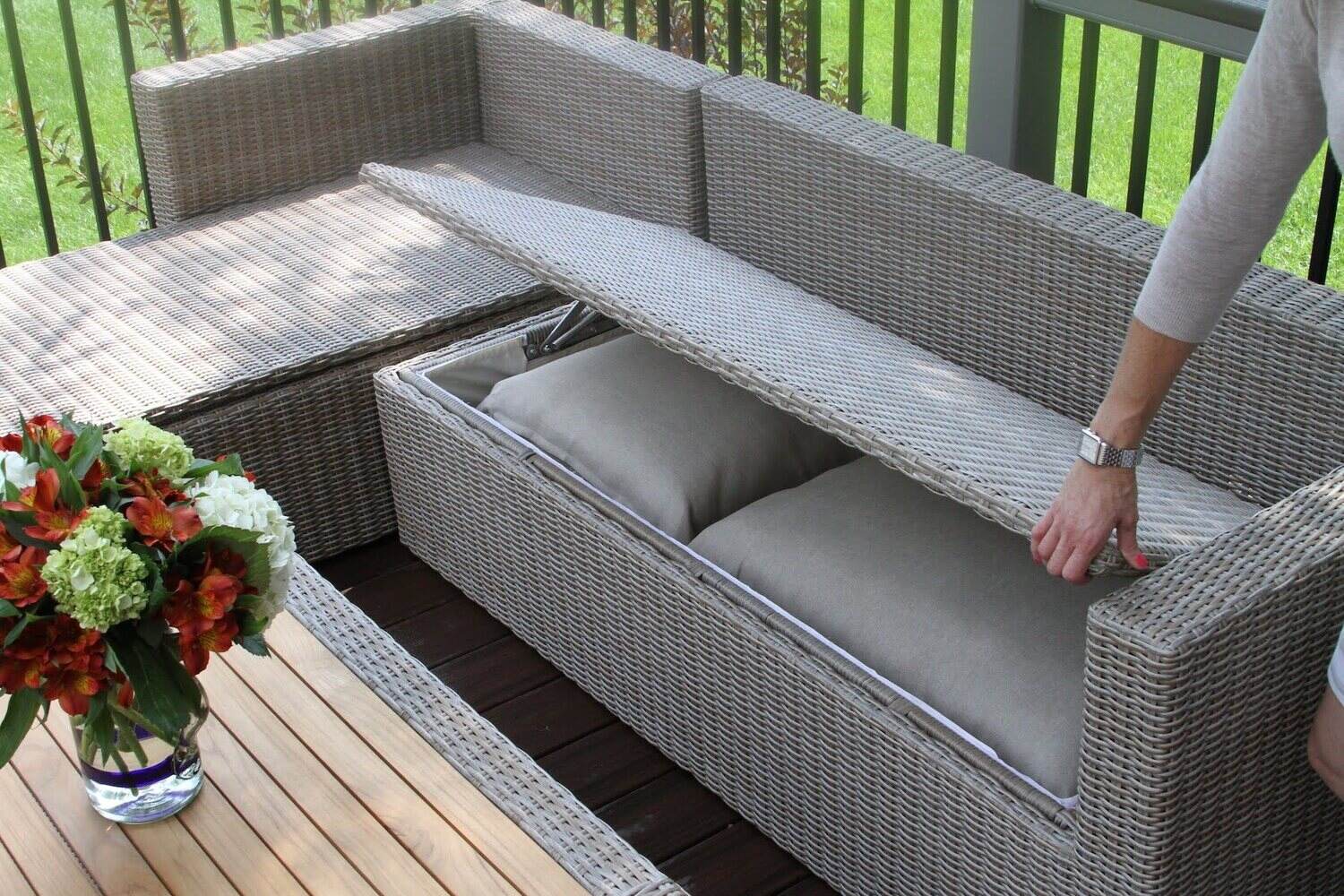

Articles
How To Store Cushions For Outdoor Furniture
Modified: January 19, 2024
Learn how to store cushions for your outdoor furniture to protect them from damage and extend their lifespan. Read our helpful articles for expert tips and advice.
(Many of the links in this article redirect to a specific reviewed product. Your purchase of these products through affiliate links helps to generate commission for Storables.com, at no extra cost. Learn more)
Introduction
When it comes to outdoor furniture, cushions play a crucial role in providing comfort and relaxation. Whether you have a cozy patio set, a luxurious lounge chair, or a stylish outdoor sofa, the cushions are undoubtedly one of the main attractions. However, improper storage of these cushions can lead to damage and deterioration, impacting their lifespan and overall quality. Therefore, it is essential to store your outdoor furniture cushions properly.
In this article, we will explore the reasons why proper cushion storage is important and provide you with practical tips on how to store cushions for outdoor furniture effectively. By following these guidelines, you can extend the life of your cushions, maintain their appearance, and ensure they are ready for use when the warm weather returns.
Key Takeaways:
- Proper storage of outdoor furniture cushions is crucial for protecting them from the elements, preventing damage, and extending their lifespan, ultimately saving you money and maintaining a tidy outdoor space.
- By following practical steps such as cleaning the cushions, separating and storing covers, and utilizing indoor or outdoor storage options, you can ensure your outdoor furniture cushions remain in optimal condition for years to come.
Read more: How To Protect Outdoor Furniture Cushions
Why Proper Storage is Important
Proper storage of outdoor furniture cushions is crucial for maintaining their quality and ensuring they last for many seasons. Here are a few reasons why storing your cushions correctly can make a significant difference:
- Protection from the Elements: Outdoor cushions are exposed to harsh weather conditions such as rain, sunlight, and extreme temperatures. Storing them properly can shield them from these elements and prevent fading, mold growth, and deterioration.
- Prevention of Damage: Accidental spills, stains, and tears can occur if cushions are left out in the open. Proper storage can prevent damage from pets, pests, and other potential hazards, ensuring your cushions remain in pristine condition.
- Extended Lifespan: By storing your cushions when they are not in use, you can help extend their lifespan. This means you can enjoy the same level of comfort and visual appeal for longer without the need for frequent replacements.
- Cost Savings: Properly storing your outdoor furniture cushions can save you money in the long run. You won’t have to invest in new cushions as frequently, reducing the need for replacements and ultimately saving you from unnecessary expenses.
- Convenience: Storing your cushions properly makes it easier to keep your outdoor space organized and tidy. When you store them appropriately, they are readily available for use when you want to enjoy your outdoor furniture.
Now that you understand why proper storage of outdoor furniture cushions is vital, let’s delve into the practical steps you can take to ensure your cushions remain in optimal condition.
Cleaning the Cushions
Before storing your outdoor furniture cushions, it’s important to clean them thoroughly to remove any dirt, debris, or stains that may have accumulated. Follow these steps to ensure your cushions are clean and ready for storage:
- Remove loose dirt: Start by using a brush or vacuum cleaner to remove any loose dirt or debris from the cushions. This will prevent particles from sinking deeper into the fabric during the cleaning process.
- Treat stains: If your cushions have any stains, treat them promptly. Check the care label for specific instructions on stain removal, or use a mild detergent or specialized fabric cleaner to gently remove the stains. Be sure to test any cleaning product on a small, inconspicuous area of the cushion first to ensure it doesn’t cause any discoloration or damage.
- Hand wash or machine wash: Depending on the care instructions provided by the manufacturer, you can either hand wash or machine wash your cushions. If machine washing, use a gentle cycle and cold water. To protect the cushion covers, you can place them inside a pillowcase or laundry bag before washing. If hand washing, fill a basin or bucket with a mild detergent and cold water, then gently scrub the cushions using a sponge or soft brush.
- Rinse thoroughly: Once you’ve washed the cushions, rinse them thoroughly to remove any soap residue. This is important to prevent the cushions from becoming sticky or attracting more dirt in storage.
- Dry completely: After rinsing, squeeze out excess water from the cushions and allow them to air dry completely. Avoid placing them in direct sunlight, as prolonged exposure to sunlight can fade the colors and weaken the fabric.
By following these cleaning steps, your outdoor furniture cushions will be fresh and clean, ready to be stored for the season ahead. Remember to check the care instructions provided by the manufacturer for specific cleaning guidelines, as different fabrics and materials may require different cleaning methods.
Removing and Storing Cushion Covers
When it comes to storing your outdoor furniture cushions, it’s important to separate the cushion covers from the inner cushions. This step ensures that the covers are protected and can be easily cleaned or replaced if necessary. Here’s how you can remove and store cushion covers effectively:
- Remove the covers: Carefully unzip or unfasten the cushion covers and remove them from the inner cushions. Take your time to avoid any unnecessary pulling or tugging that could damage the covers.
- Inspect and clean: Once the covers are removed, take a moment to inspect them for any stains, tears, or damage. Treat any stains promptly using appropriate cleaning methods. If the covers are removable and machine washable, follow the manufacturer’s instructions and wash them separately.
- Store in a clean, dry place: Once the covers are clean and dry, store them in a cool, dry place. Avoid areas prone to moisture, as this can lead to mold or mildew growth. Consider folding or rolling the covers neatly to minimize creasing and save space.
- Label or organize: If you have multiple cushion sets or different designs, a helpful tip is to label or organize the cushion covers. This makes it easier to locate the correct covers when it’s time to use them again.
- Protect from pests: To prevent pests or insects from damaging your cushion covers while in storage, consider using protective covers or placing them in sealed containers or plastic bags. This adds an extra layer of protection and keeps the covers in pristine condition.
By removing and storing the cushion covers separately, you can better maintain their quality and keep them clean. This step also allows you to refresh the look of your outdoor furniture by simply swapping out the covers, without the need for replacing the entire cushion set.
Now that we’ve covered the process of removing and storing cushion covers, let’s explore the different methods of storing the inner cushions, whether indoors or outdoors.
Storing Cushions Indoors
Storing your outdoor furniture cushions indoors is an ideal option if you have sufficient space in your home or a designated storage area. Storing the cushions indoors provides extra protection from the elements and helps maintain their quality. Here are some steps to follow when storing your cushions indoors:
- Choose a clean and dry space: Find a clean and dry area in your home where you can store the cushions. This could be a basement, attic, spare room, or a storage closet. Avoid areas prone to excessive moisture or temperature fluctuations.
- Clean the storage area: Before placing the cushions, clean the storage area to ensure it’s free from dust, dirt, and any potential contaminants that could damage the cushions.
- Place cushions in sealed bags: To provide an extra layer of protection, consider placing the cushions in large, sealed plastic bags. This helps to keep them clean and prevents any moisture or pests from reaching the cushions.
- Avoid stacking: Avoid stacking cushions on top of each other, as this can cause them to lose shape and may lead to creasing or compression. If space allows, store the cushions in a single layer to maintain their form.
- Utilize storage containers: If you have large storage containers or plastic bins, you can use them to store the cushions. Ensure that the containers are clean, dry, and adequately sealed to protect the cushions from dust and moisture.
- Keep away from heat sources: When storing the cushions indoors, avoid placing them near heat sources such as radiators or heating vents. Excessive heat can damage the fabric and affect the cushion’s overall quality.
By storing your outdoor furniture cushions indoors, you can ensure they remain in optimal condition during the off-season. When it’s time to bring them out again, you’ll be delighted to have clean and well-preserved cushions ready for use.
Next, let’s explore an alternative option for storing your outdoor cushions if indoor storage is not feasible – storing them outdoors.
Store outdoor cushions in a dry, ventilated area to prevent mold and mildew. If possible, use a storage bin or cover to protect them from the elements.
Read more: How To Make Cushions For Outdoor Furniture
Storing Cushions Outdoors
If storing your outdoor furniture cushions indoors is not possible due to space constraints, you can opt to store them outdoors. However, it’s important to take certain precautions to protect them from the elements. Follow these steps to ensure your cushions remain in good condition when stored outdoors:
- Choose a covered area: Look for a covered area in your outdoor space, such as a shed, storage box, or a covered patio. This provides some protection from direct sunlight and rain.
- Invest in waterproof storage solutions: Consider investing in waterproof storage solutions designed specifically for outdoor furniture cushions. These can include cushion storage bags, waterproof bins, or dedicated cushion storage boxes.
- Elevate the cushions: Place the cushions on shelves or pallets to avoid direct contact with the ground. This helps prevent moisture from seeping into the cushions, reducing the chance of mold or mildew growth.
- Cover the cushions: Even if stored in a covered area, it’s advisable to cover the cushions with a waterproof cover or tarp. This provides an additional layer of protection from rain, dust, and other debris.
- Remove excess moisture: Before storing the cushions, make sure they are completely dry. Wipe off any moisture or dampness using a clean, dry cloth. This helps prevent mold or mildew from developing during storage.
- Check regularly: While the cushions are stored outdoors, it’s essential to check on them periodically. Remove any debris or moisture that may have accumulated and ensure the covers or tarps are still in place.
Storing your outdoor furniture cushions outdoors requires extra precaution, but when done correctly, it can be a viable option. Just remember to protect the cushions from moisture, direct sunlight, and other elements that can potentially damage the cushions.
Now that we’ve covered storing cushions indoors and outdoors, let’s explore the option of using protective cases to shield your cushions from the elements.
Covering Cushions with Protective Cases
Using protective cases for your outdoor furniture cushions is an excellent way to shield them from the elements and extend their lifespan. Protective cases act as a barrier, providing an added layer of protection against rain, sunlight, dirt, and other potential hazards. Here’s what you need to know about covering your cushions with protective cases:
- Choose waterproof and UV-resistant materials: Look for protective cases made from high-quality, waterproof materials that offer UV protection. These materials are specifically designed to withstand outdoor conditions and prevent water penetration or color fading from prolonged sun exposure.
- Measure your cushions: Before purchasing protective cases, measure your cushions to ensure a proper fit. Cases that are too small may cause fabric stretching or damage, while cases that are too large may lead to sagging or water accumulation.
- Select zippered or Velcro closures: Opt for protective cases with zippered or Velcro closures to ensure a snug and secure fit. This helps prevent moisture, dirt, and insects from reaching the cushions.
- Regularly clean the cases: Over time, protective cases may accumulate dust, dirt, or mildew. To keep your cushions clean, regularly clean the cases according to the manufacturer’s instructions.
- Properly secure the cases: Ensure the protective cases are securely fastened around the cushions to prevent them from being blown away by strong winds. Use straps, ties, or secure the cases with hooks or clips if necessary.
- Inspect for damage: Periodically inspect the protective cases for any signs of wear and tear. Replace them if you notice any rips, holes, or deterioration that may compromise their protective function.
By covering your outdoor furniture cushions with protective cases, you can significantly reduce the risk of damage and prolong their lifespan. Protective cases are an excellent investment to keep your cushions clean, dry, and in optimal condition.
Now that we’ve discussed the importance of using protective cases, let’s explore how you can maximize space and organization when storing your cushions.
Maximizing Space and Organization
When it comes to storing your outdoor furniture cushions, maximizing space and ensuring organization is key. Follow these tips to make the most of your storage area and keep everything neat and tidy:
- Utilize vertical space: If you have limited floor space, make use of vertical storage options. Install shelves or hanging organizers on walls or inside closets to maximize the storage potential.
- Invest in stackable containers: Stackable storage containers provide a convenient way to store cushions while utilizing space efficiently. Choose containers that are sturdy, durable, and can be easily stacked on top of one another.
- Label containers: To make it easier to locate specific cushions or sets, label your storage containers. This saves time and allows for easy organization.
- Use storage bags for small cushions: If you have smaller cushions, consider using vacuum-sealed storage bags. These bags compress the cushions, reducing their size and maximizing storage space.
- Group cushions by size or set: If you have multiple sets of cushions or cushions of different sizes, group them together. This makes it easier to find what you need and keeps everything organized.
- Store cushions in their original packaging: If possible, store cushions in their original packaging. This helps protect them from dust, moisture, and other elements while also providing a designated space for storage.
- Utilize under furniture storage: If you have furniture with built-in storage, such as outdoor benches or ottomans, take advantage of that space to store your cushions. This saves space and keeps the cushions easily accessible.
- Keep a storage inventory: Maintain a list or inventory of all your stored cushions, including details such as sizes, colors, and locations. This helps you keep track of your inventory and ensures you can find specific cushions when needed.
By implementing these space-saving and organization techniques, you can store your outdoor furniture cushions efficiently, making the most of your available storage area and keeping everything neat and accessible.
Now that we’ve covered maximizing space and organization, let’s summarize the main points and provide some final thoughts on storing cushions for outdoor furniture.
Final Thoughts
Proper storage of outdoor furniture cushions is essential for maintaining their quality and extending their lifespan. By following the tips mentioned in this article, you can ensure that your cushions remain clean, protected, and ready for use when the outdoor season returns.
Start by cleaning the cushions thoroughly, removing any stains or dirt. Separate the cushion covers from the inner cushions and store them separately to protect the covers and allow for easy cleaning or replacement. If you have the option, storing cushions indoors is the optimal choice, as it provides extra protection. However, if indoor storage is not feasible, storing them outdoors is still possible by utilizing waterproof storage solutions and covering the cushions with protective cases.
Remember to maximize space and organization by utilizing vertical storage options, investing in stackable containers, and labeling your storage containers. Group cushions by size or set to make them easier to find, and consider storing them in their original packaging if available. Keep an inventory of your stored cushions to ensure you can locate and retrieve specific cushions when needed.
By taking the time to properly store your outdoor furniture cushions, you can protect your investment and enjoy their comfort and visual appeal for years to come. Whether you choose to store them indoors or outdoors, using protective cases, or utilizing space-saving techniques, the effort will be well worth it when you can relax on your well-maintained cushions in the next outdoor season.
Remember to check the care instructions provided by the manufacturer for specific guidance on cleaning and storing your cushions, as different materials may have specific requirements.
With these tips in mind, get ready to store your outdoor furniture cushions in the best possible way and ensure they are in top condition for the next time you want to unwind and enjoy your outdoor space.
Frequently Asked Questions about How To Store Cushions For Outdoor Furniture
Was this page helpful?
At Storables.com, we guarantee accurate and reliable information. Our content, validated by Expert Board Contributors, is crafted following stringent Editorial Policies. We're committed to providing you with well-researched, expert-backed insights for all your informational needs.

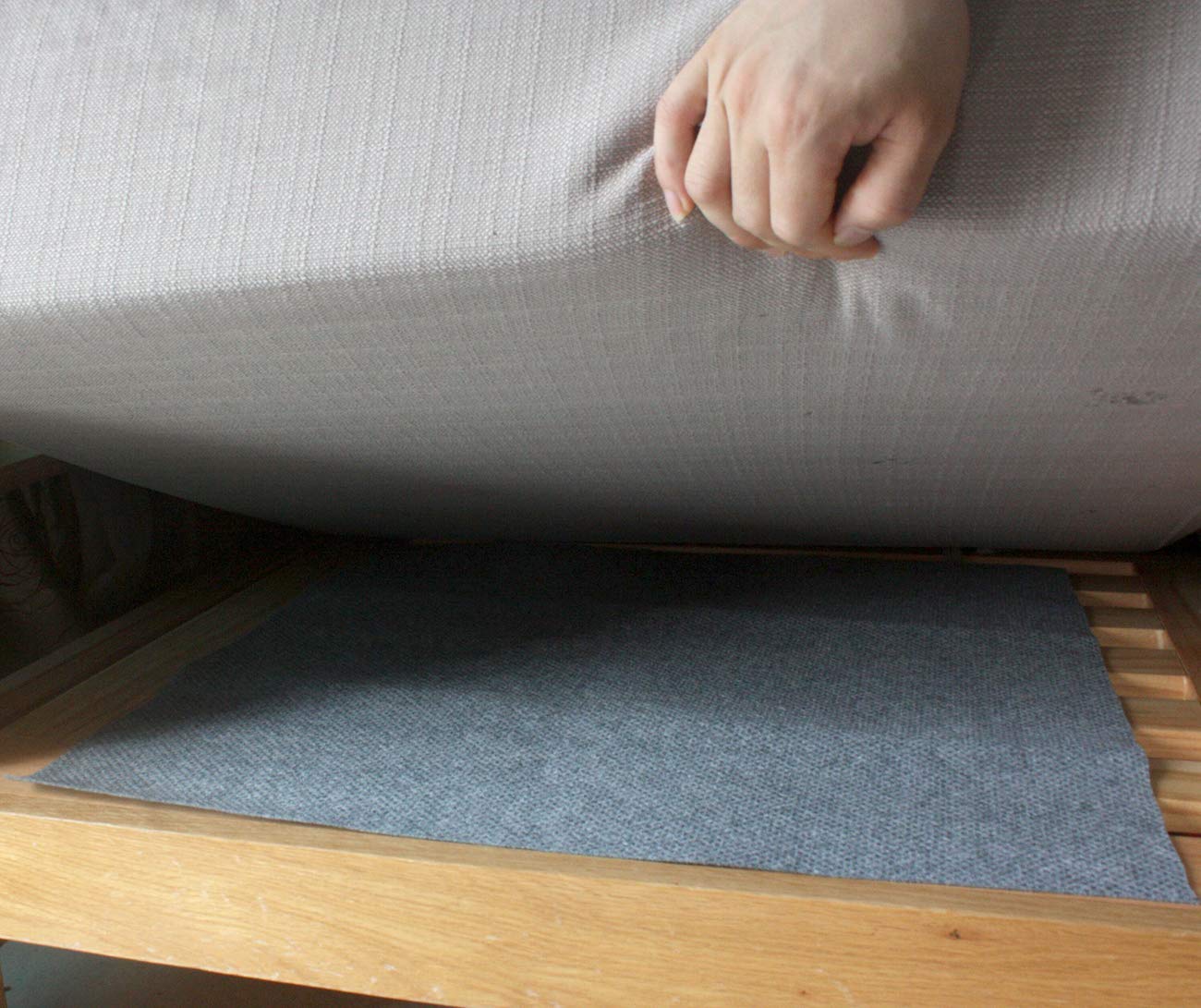



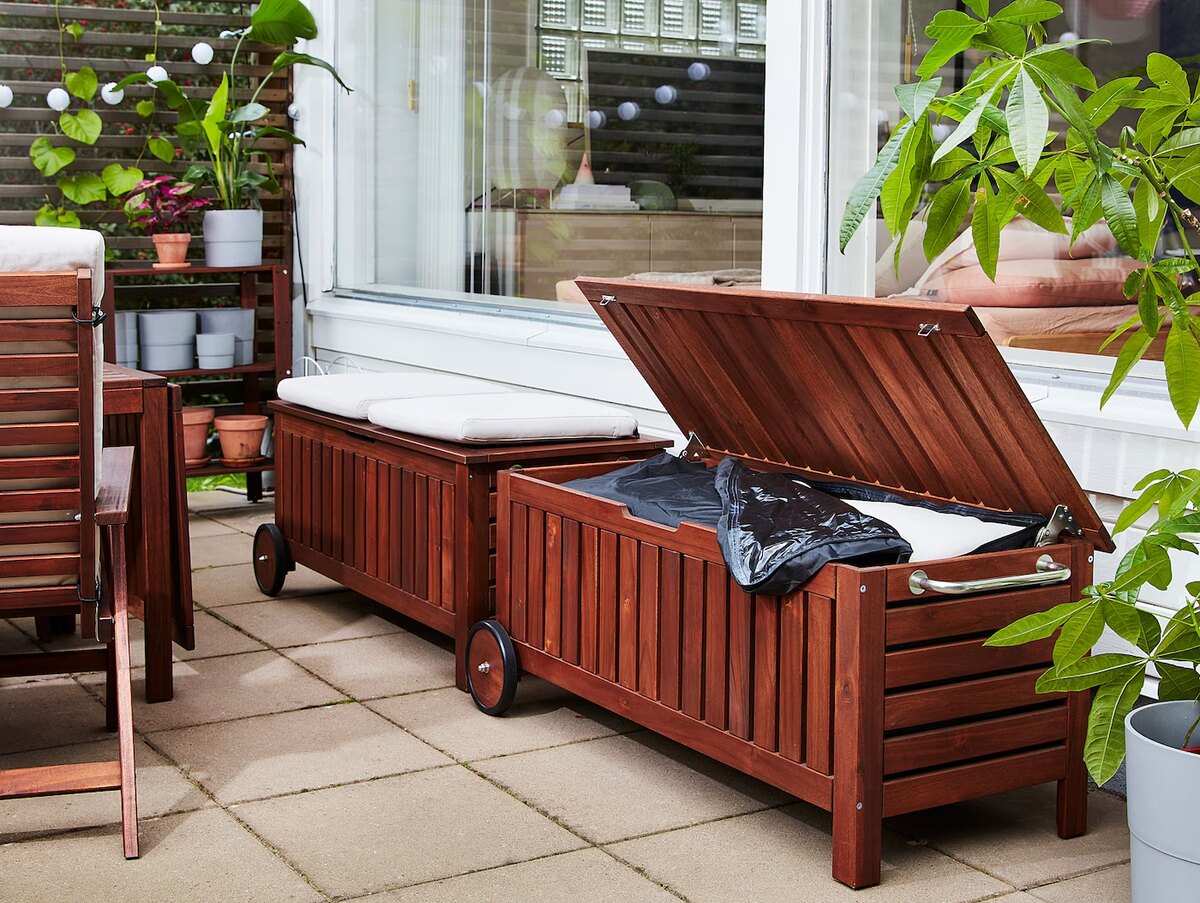
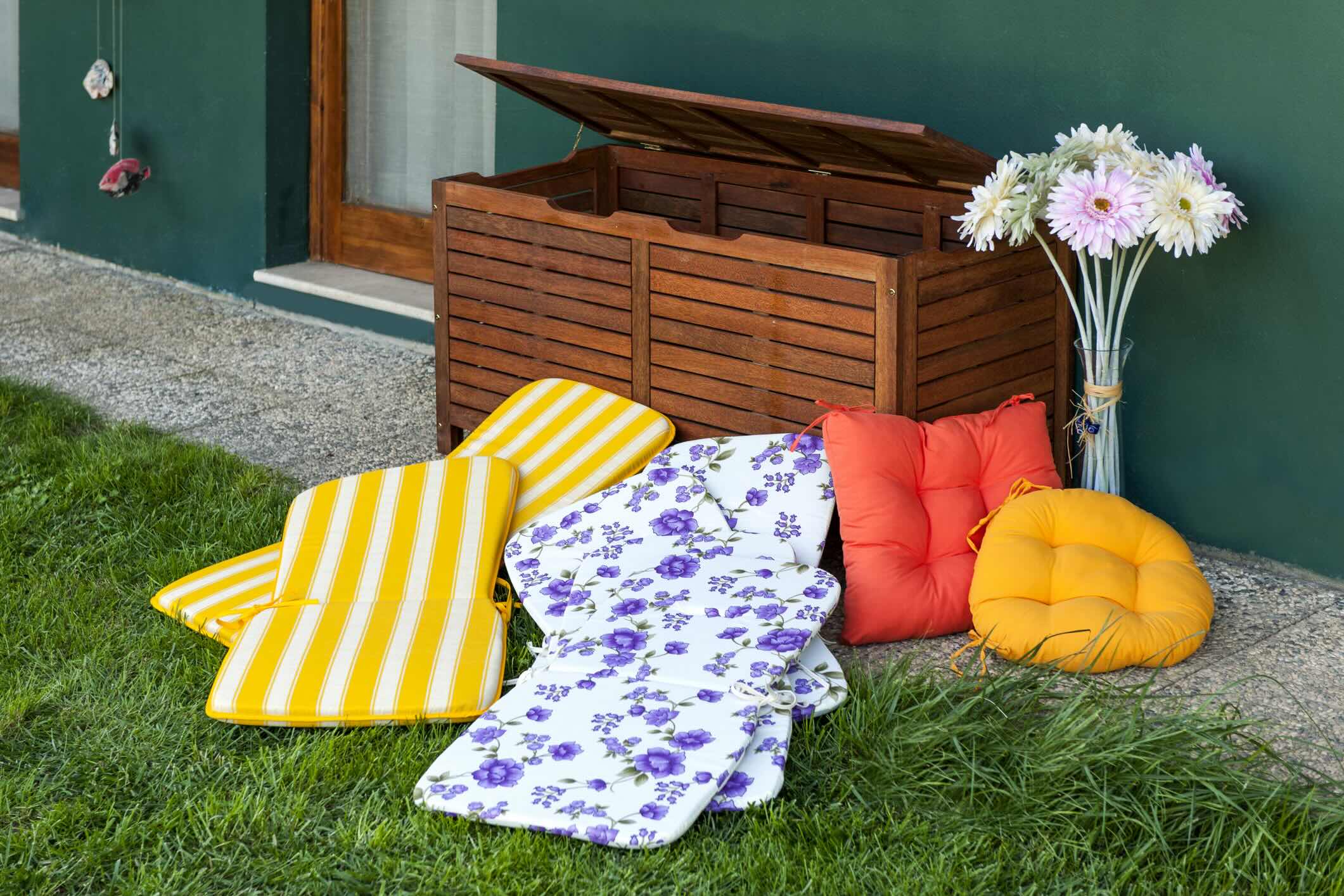

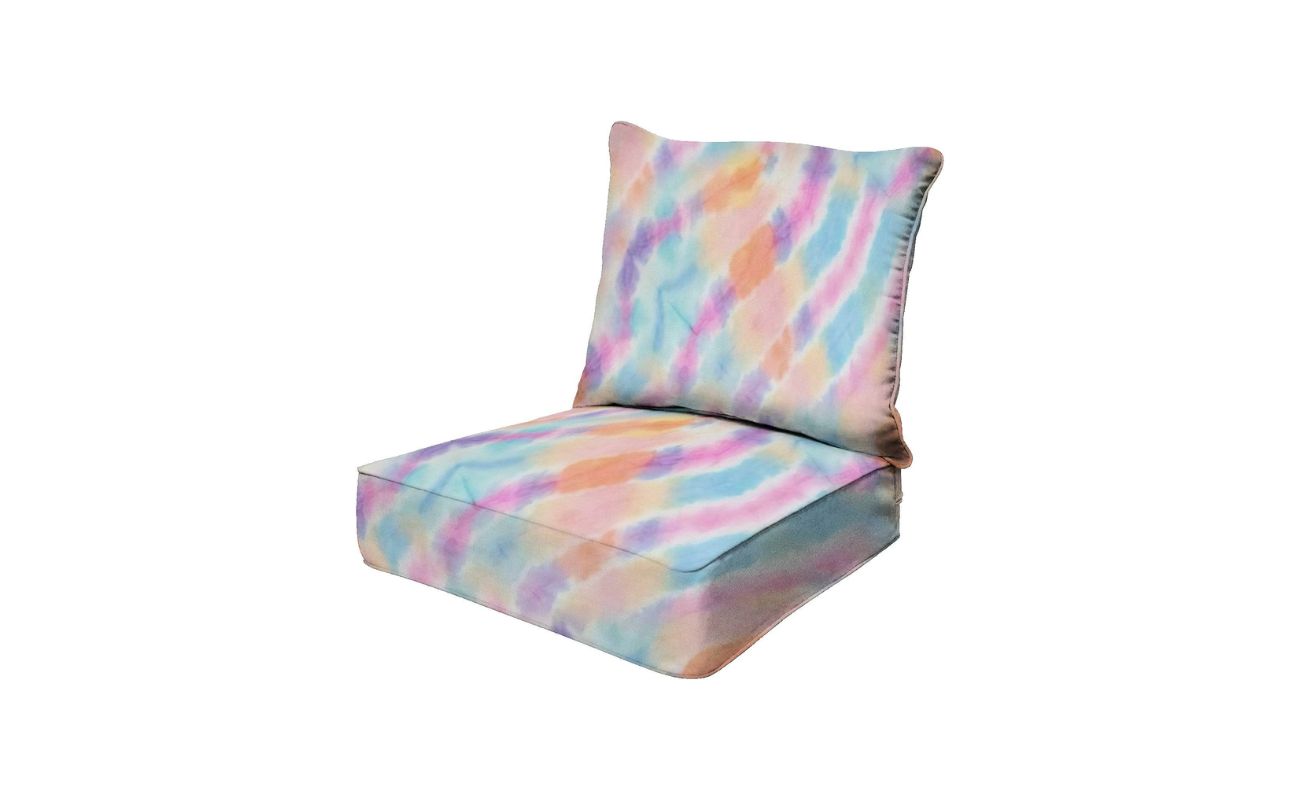
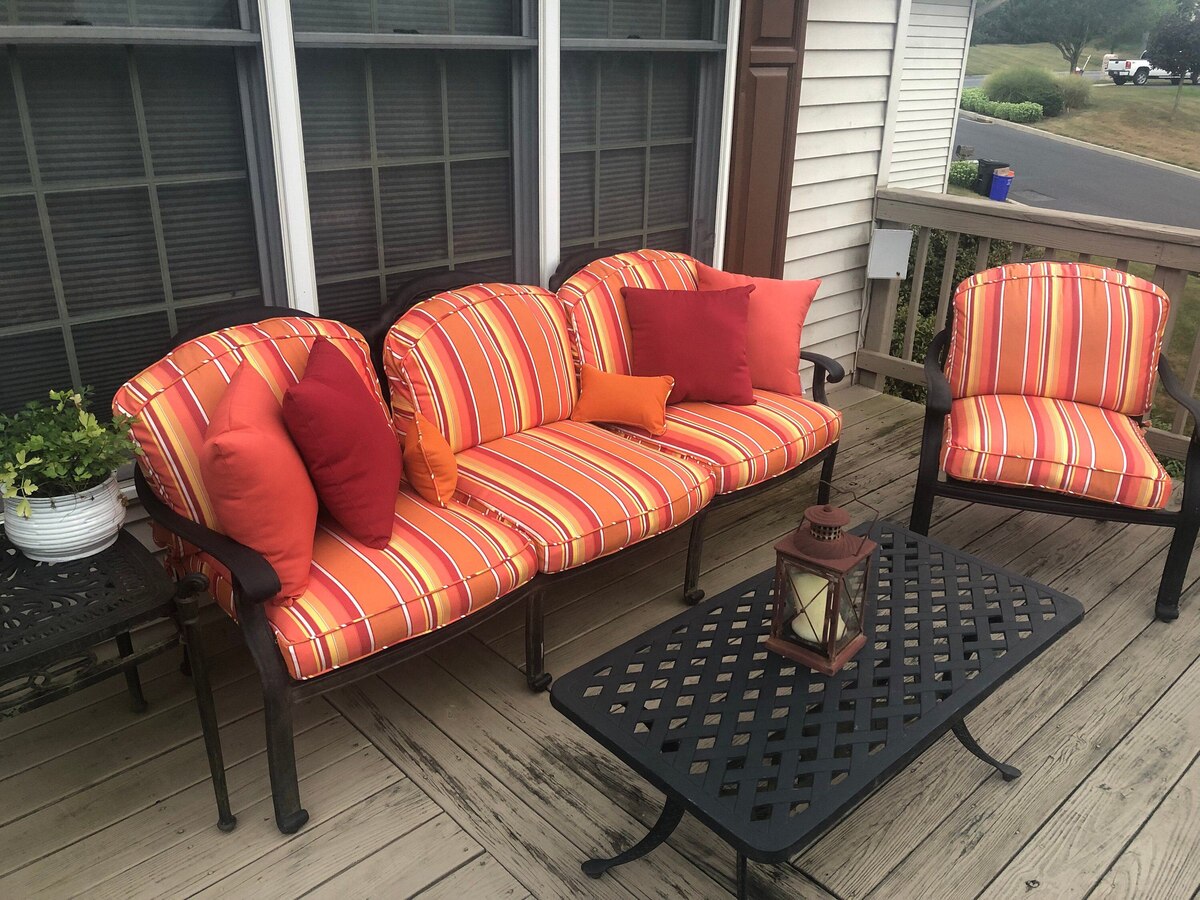
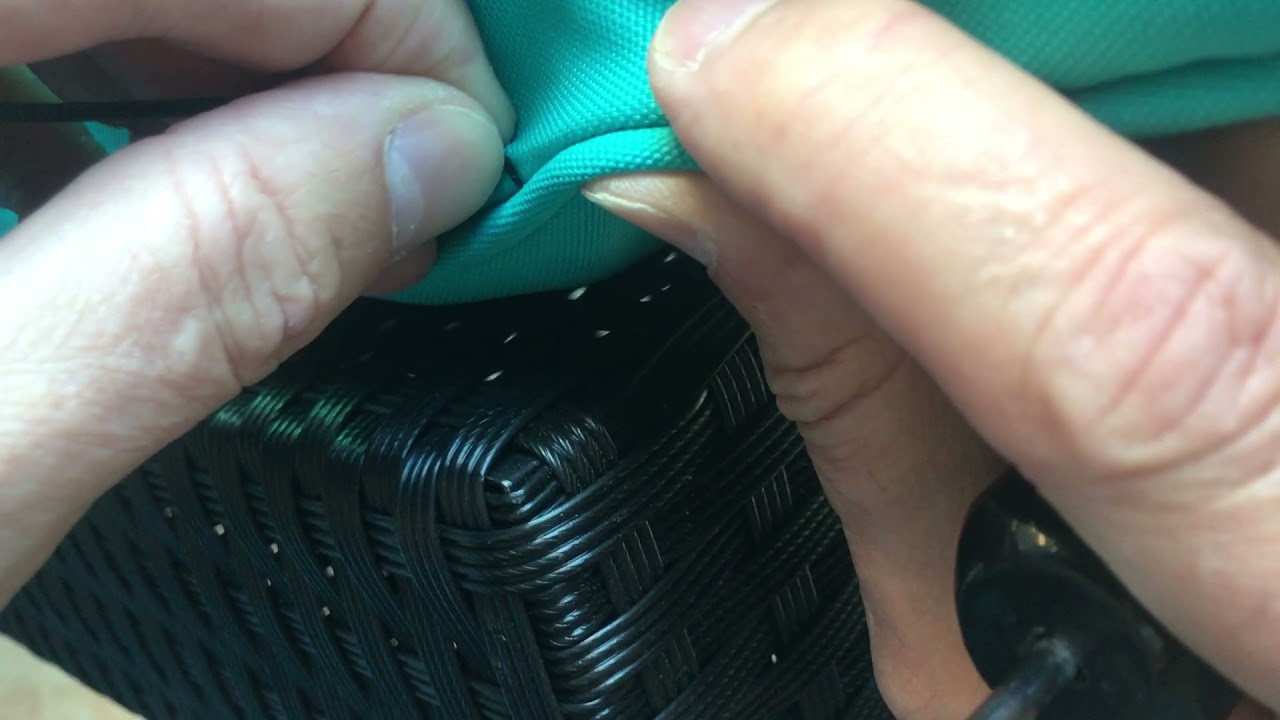
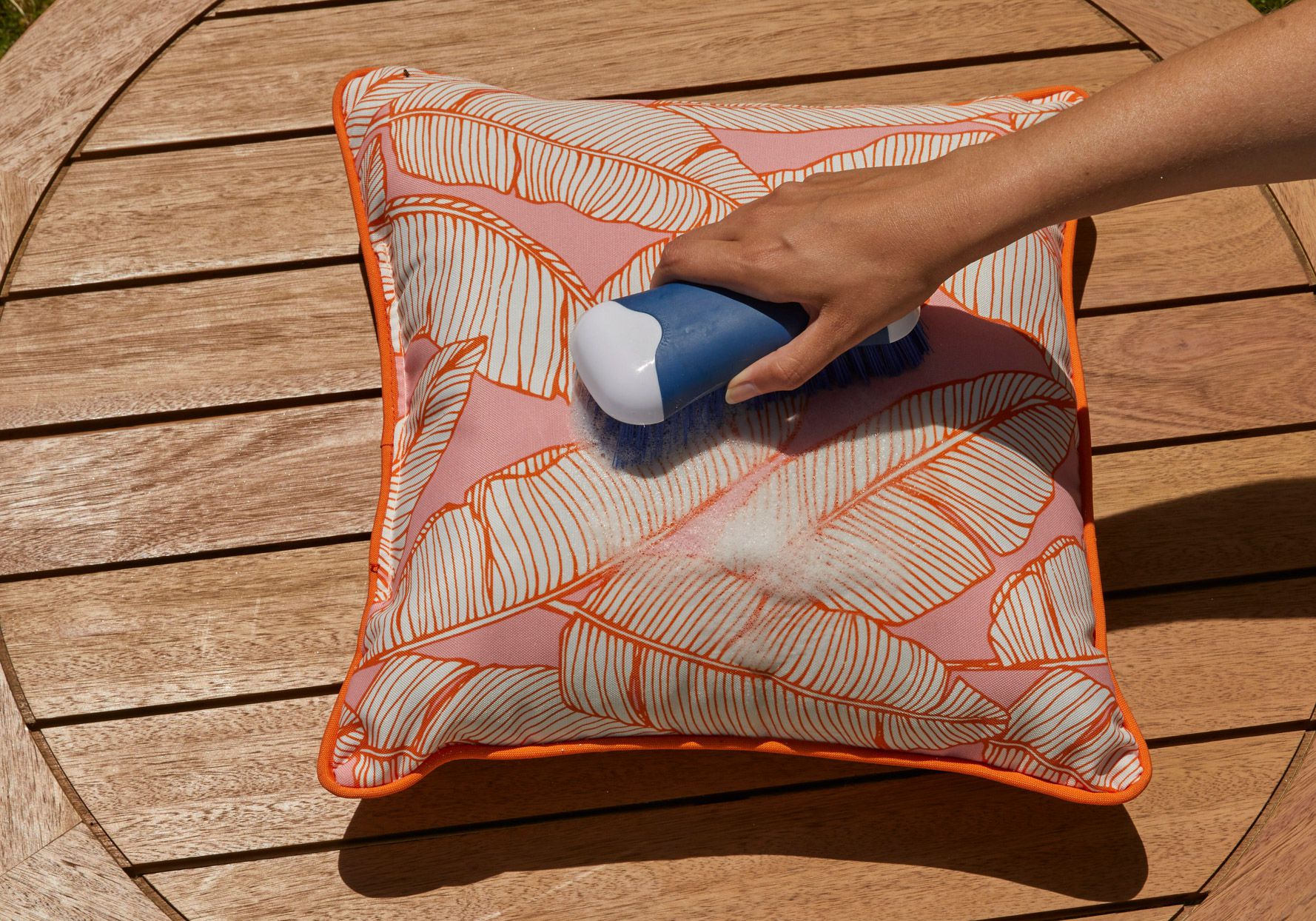
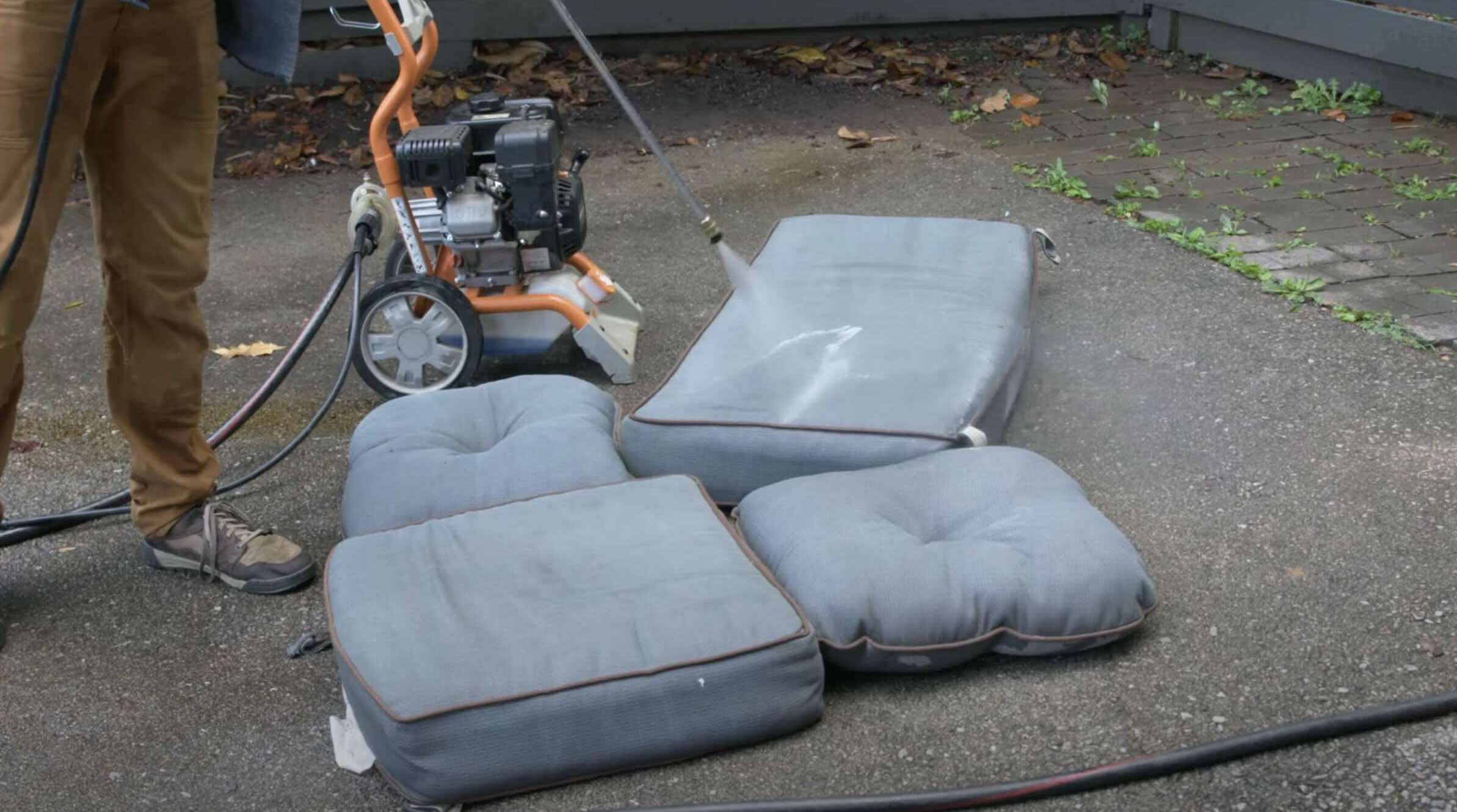
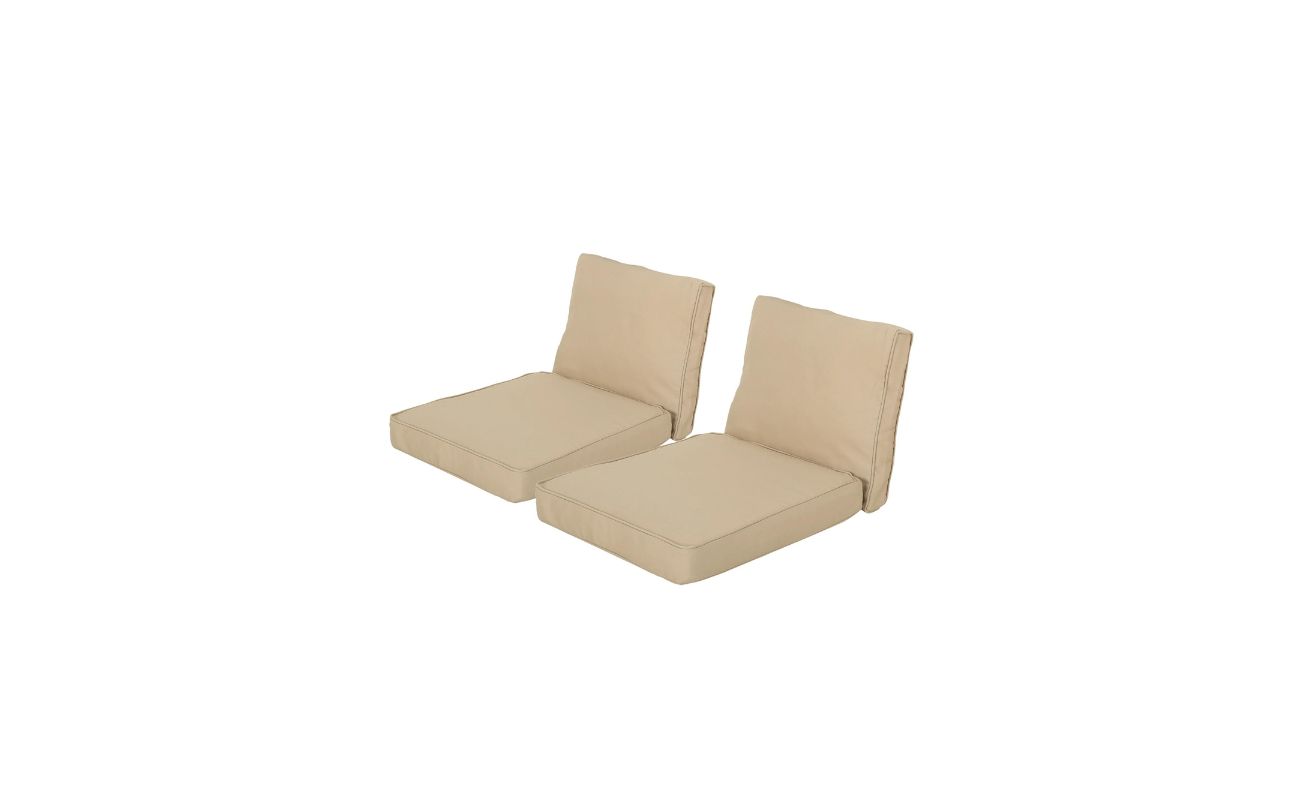

0 thoughts on “How To Store Cushions For Outdoor Furniture”